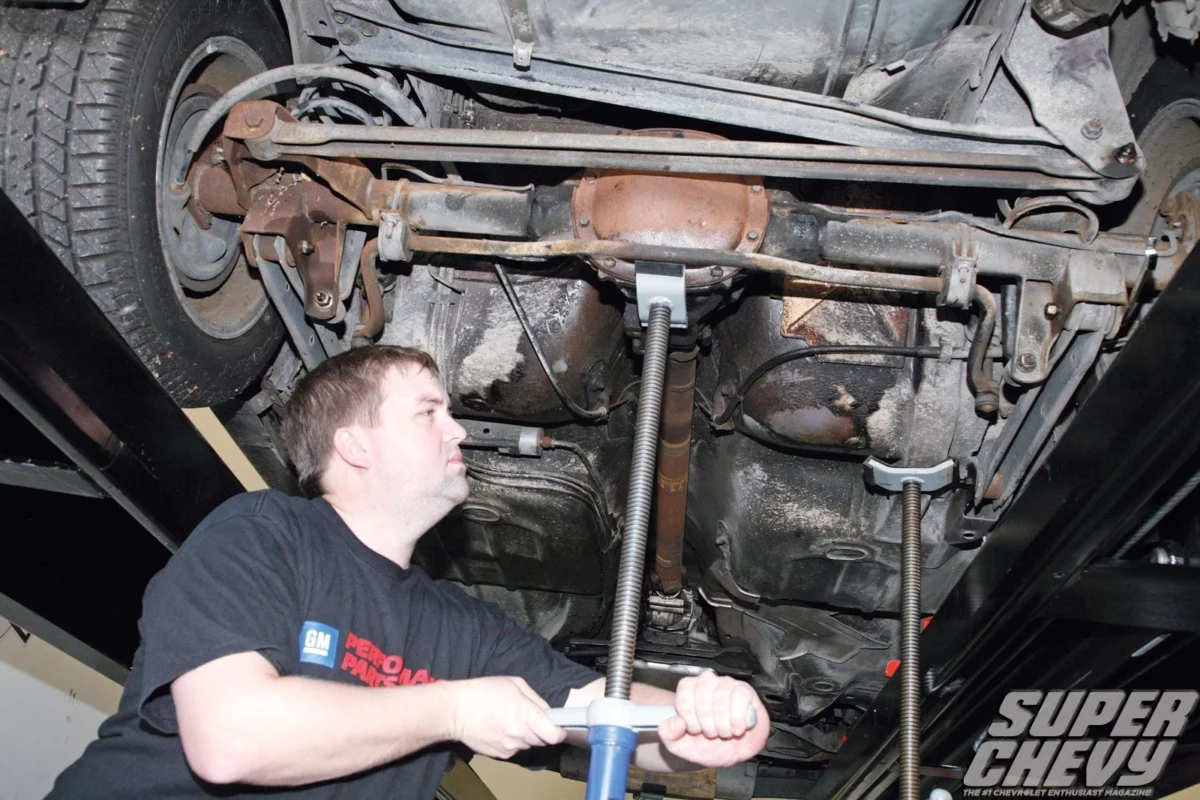3rd Gen F-Body Subframe Connector Installation
Story Courtesy Of SuperChevy.com Author: Patrick Hill
Stiffening Up A Third-Gen Camaro
For superior handling, chassis stiffness and stability are important factors. If the front wheels are moving/shifting around at different angles to the rear wheels, a car’s handling will be inconsistent and you’ll be giving up performance and grip.
Full-frame cars don’t have the stiffness issues that subframe cars do thanks to the full-frame chassis. Add T-tops and an F-body and it will have chassis flex like a Twizzler under heavy cornering, engine torque, and similar autocross/open track scenarios. While the second-gen T-top Camaros aren’t as bad, their third gen siblings are well known for structural weakness.

1992 Camaro Subframe
This ’92 Camaro is destined for autocross and dragstrip fun, so one of the first things that needs to be upgraded is the chassis for extra rigidity. Along with that, the copious amounts of torque our GM Performance Parts crate engine puts out will be pushing things to the limit, far beyond what the original 305 was capable of.

UMI sent us its ’82-92 Camaro subframe connectors, tubular rear control arms, on-the-car adjustable panhard bar, and torque arm relocation kit with a beefy adjustable tubular torque arm. Together these parts will give the ’92 the strength to handle the hardest maneuvering at the track and on the street. What’s better are the adjustable aspects of the panhard bar and torque arm, which will allow us to tune the rear suspension for whatever scenario we’re dealing with. We’ll cover suspension adjustments in a later story.
While the subframe connectors require some welding, the rest of the parts we’re installing don’t and can be installed either on a lift, or in your driveway using jack stands.
Check out the full photo gallery below!


























































































